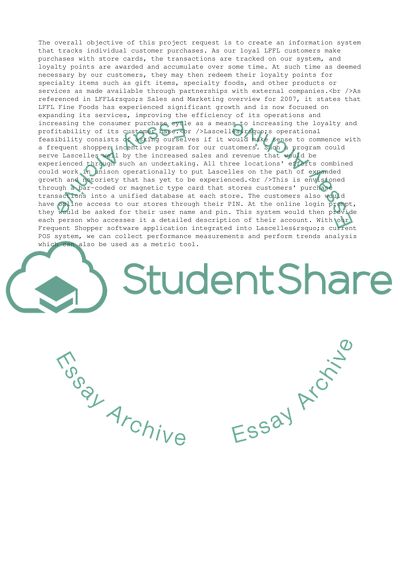Cite this document
(How to Implement User Support Materials for a Business Assignment, n.d.)
How to Implement User Support Materials for a Business Assignment. https://studentshare.org/business/1714126-implementation-plan-and-user-support-material
How to Implement User Support Materials for a Business Assignment. https://studentshare.org/business/1714126-implementation-plan-and-user-support-material
(How to Implement User Support Materials for a Business Assignment)
How to Implement User Support Materials for a Business Assignment. https://studentshare.org/business/1714126-implementation-plan-and-user-support-material.
How to Implement User Support Materials for a Business Assignment. https://studentshare.org/business/1714126-implementation-plan-and-user-support-material.
“How to Implement User Support Materials for a Business Assignment”. https://studentshare.org/business/1714126-implementation-plan-and-user-support-material.


